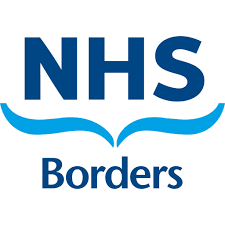Providing high quality patient information is a national priority for the NHS. Good quality information is an integral part of good quality healthcare. It is needed in order to:
- improve care and communication with the public, patients, relatives and carers
- help people manage their own health and wellbeing
- support informed decision making by patients and their carers in respect of consent to interventions and treatment
- help patients to become well informed partners in their own care
The Better Health Better Care: Action Plan, published in December 2007, included a commitment to ensure patients, carers and the public are provided with the information they need at the time they require it and in a form that meets their needs.
Every day, health service staff use a number of different ways to communicate with patients and the public, for example:
- Face to face
- Telephone
- Near Me/Video conferencing
- Letter
- SMS Text
- Leaflets about treatments and services
- Posters and Information sheets giving advice or advertising events
- Social Networking & Social Media
Poor health literacy affects a significant portion of the population. It is often a hidden problem that affects the safety, effectiveness and person centredness of delivery of care.
In Scotland, the average reading age is around 11 years old. Around 250,000 people have communication support needs which may include difficulties with talking, seeing, hearing, literacy, numeracy and understanding. Historically, written information produced by health service staff was presented in a formal style using “professional” language. Research has shown that many people have difficulty understanding this and new ways of communicating need to be considered and used; this includes the use of a variety of formats, media and technologies.
A number of steps have been taken to address equity in health literacy, this includes:
- ‘Fair for All - Scotland’ published in 2002 to address access to and use of NHS Scotland services for people from black and minority ethnic communities It clearly states ”The NHS must be sensitive to the cultural, religious and language needs of ethnic minority groups and to issues of gender and sexuality”
- Patient’s Rights (Scotland ) Act 2011 stated that patients have the right that the health care they receive should consider their needs and what would be of optimum benefit to them, encourage them to take part in decisions about their health and wellbeing, and provide information and support for them to do so
- ‘Making it Easy’ published The Scottish Government’s in 2014, set out the health literacy action plan for Scotland. The second plan, ‘Making it Easier’ published in 2017 built on lessons learned and moved closer to removing barriers and improving how services are designed and delivered
All written communication should reflect the standards set by the Scottish Government and those of the Disability support organisations.
Attention should also be made to the following:
- Disability Discrimination Act (DDA) (1995 & 2005)
- Mental Welfare Commission, “The same as you?”
- Equality Act (2010)
- Health Inequalities Impact (HIIA)
Healthcare Improvement Scotland (HIS) monitors the provision of information to patients and carers through the peer review process.


